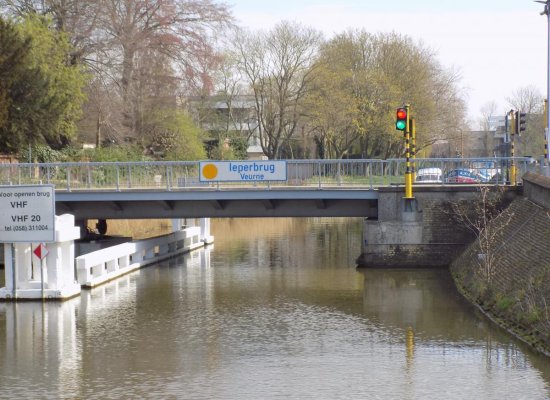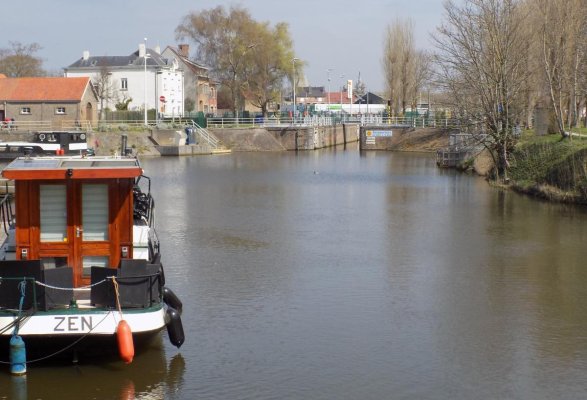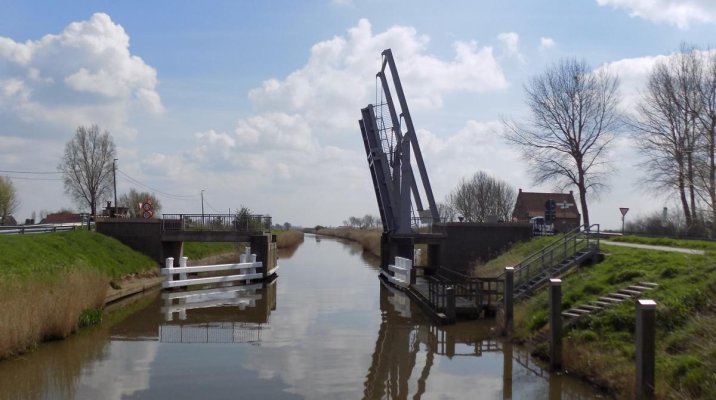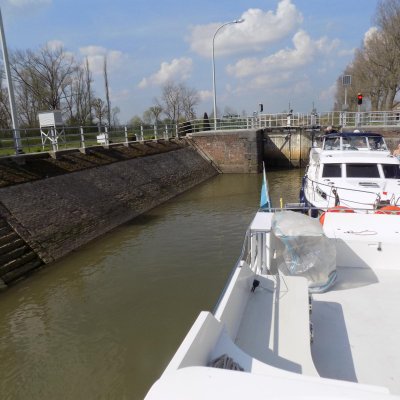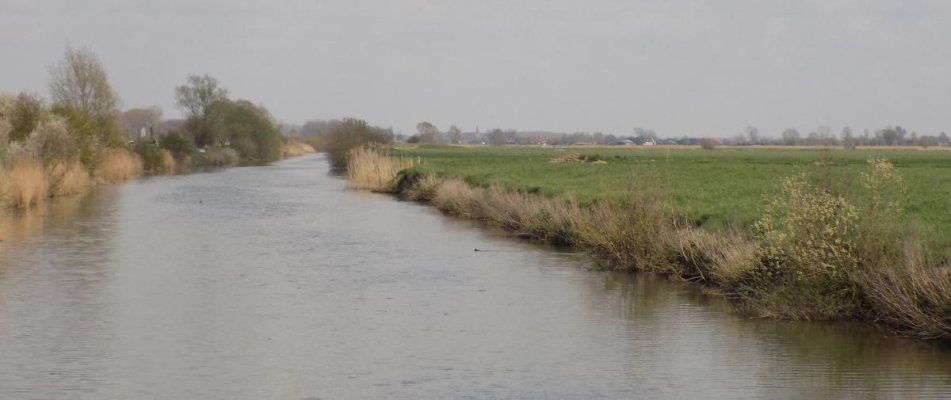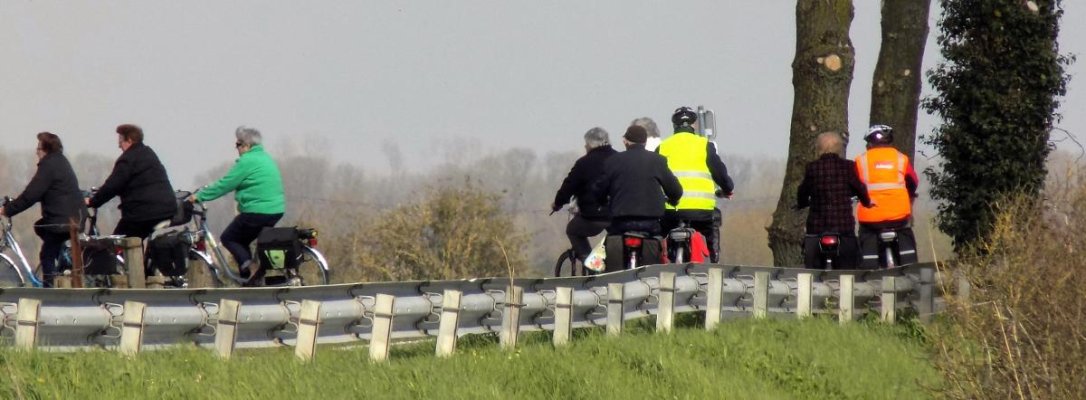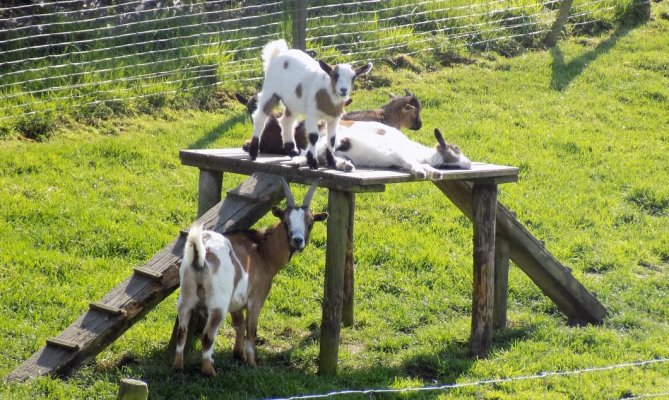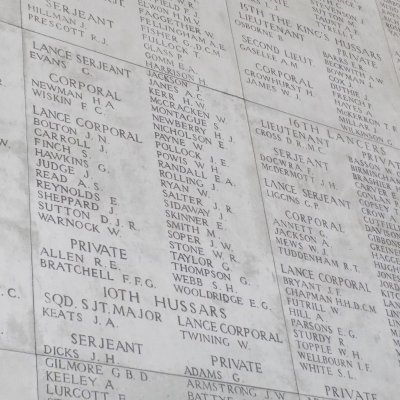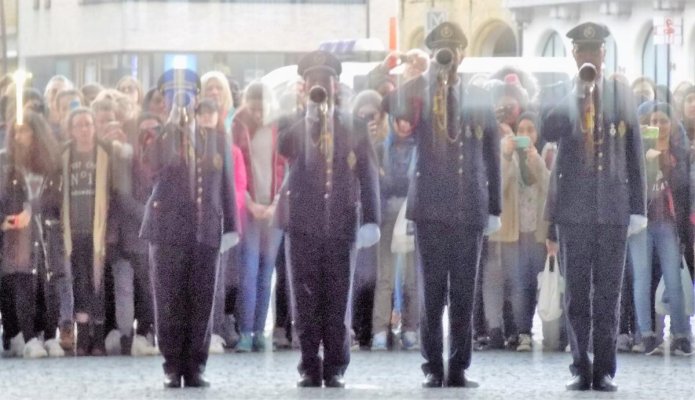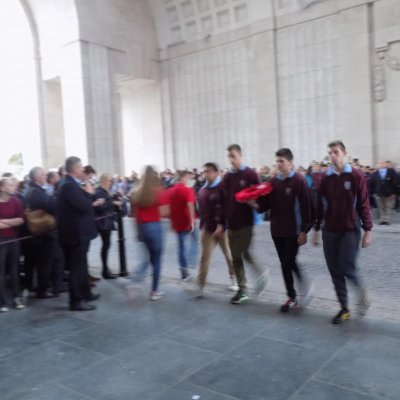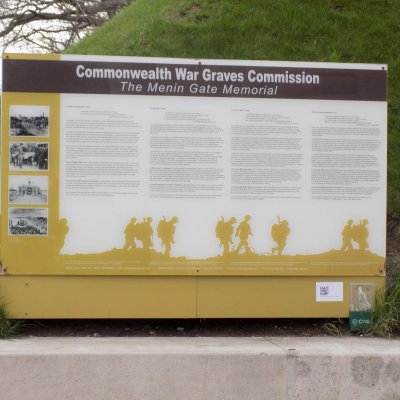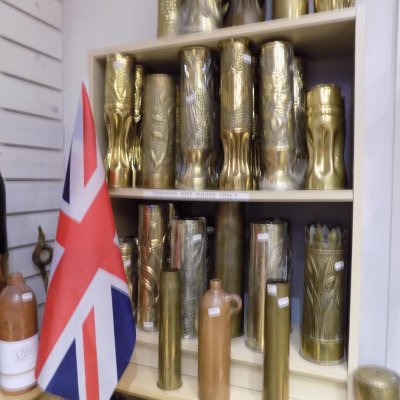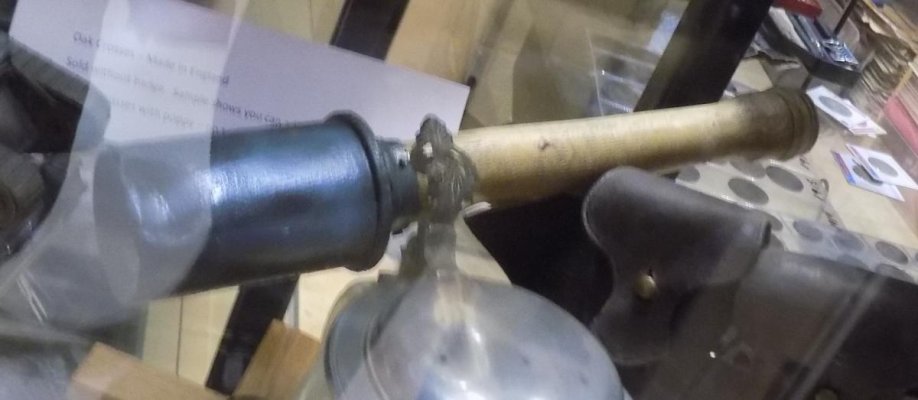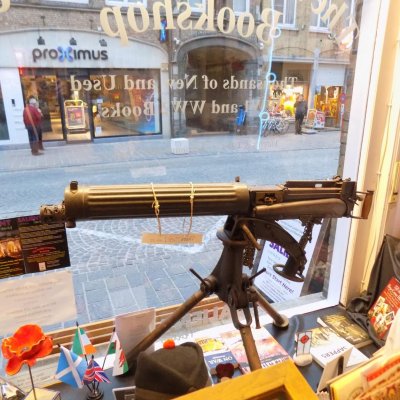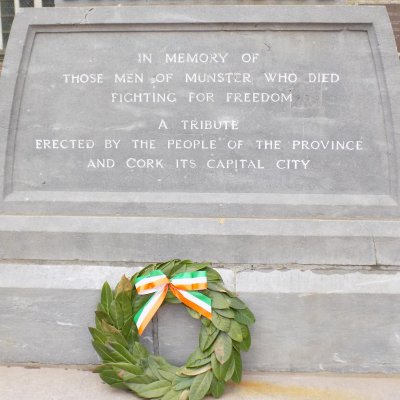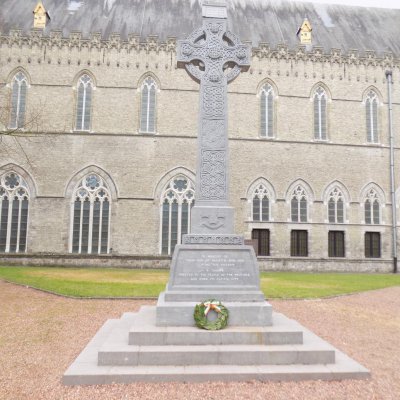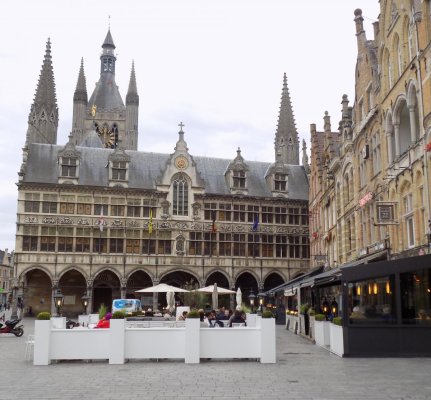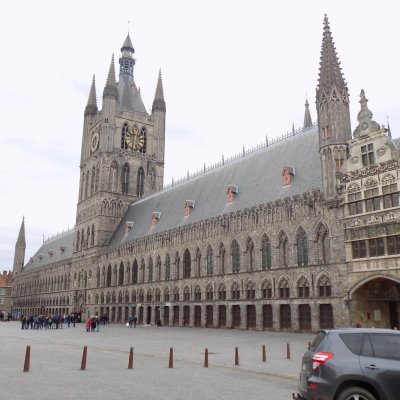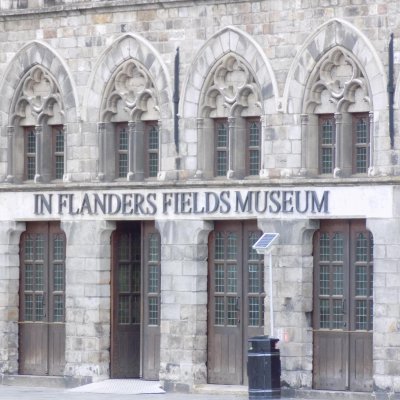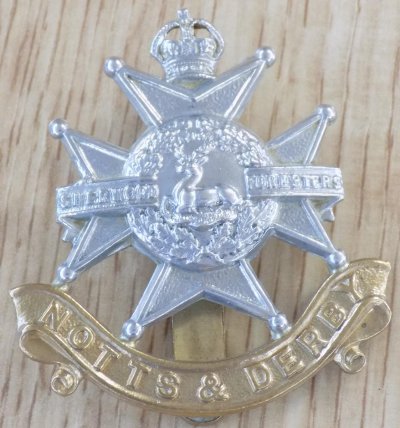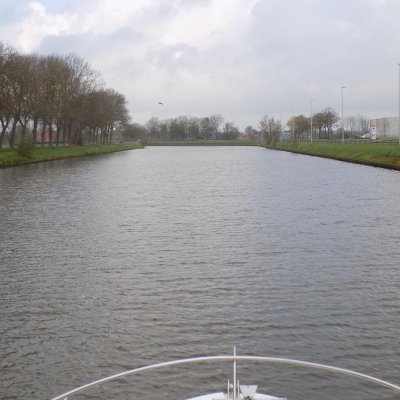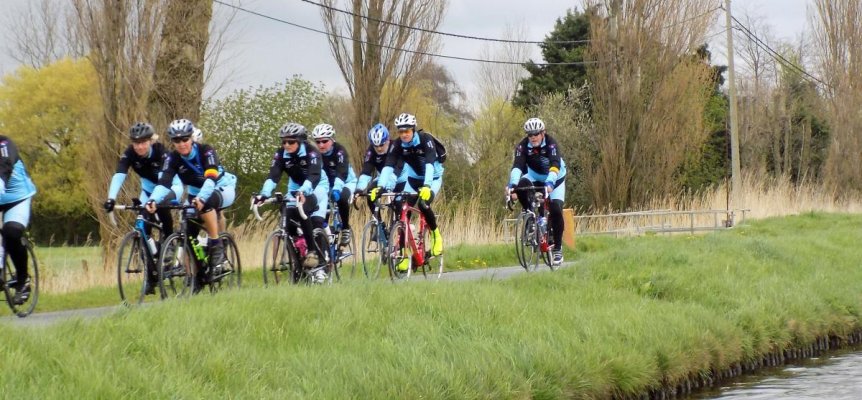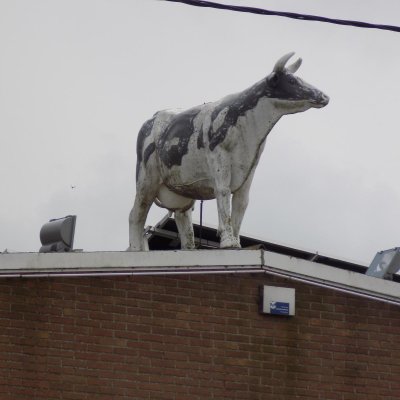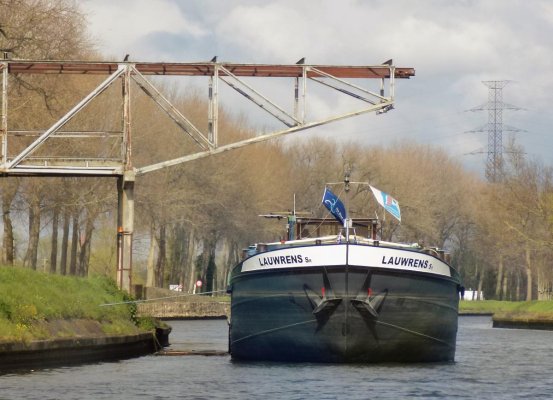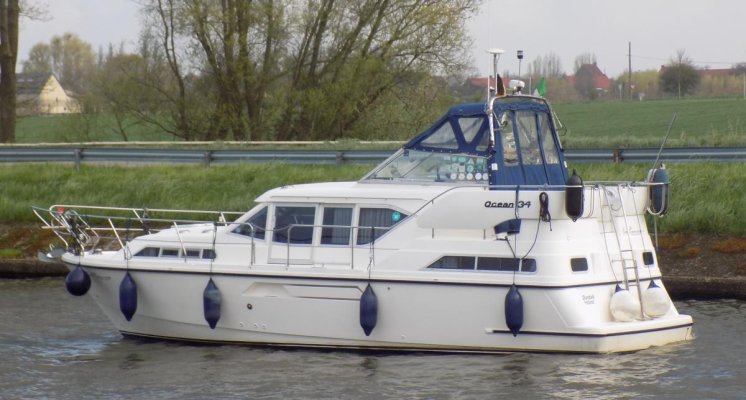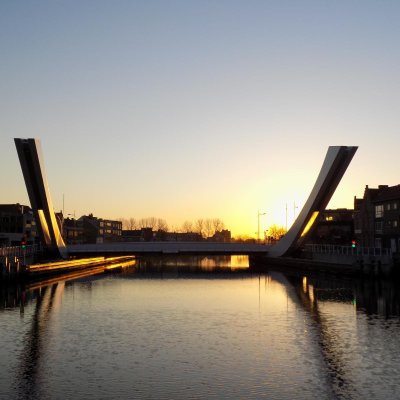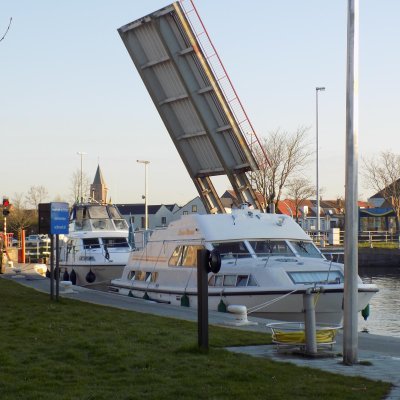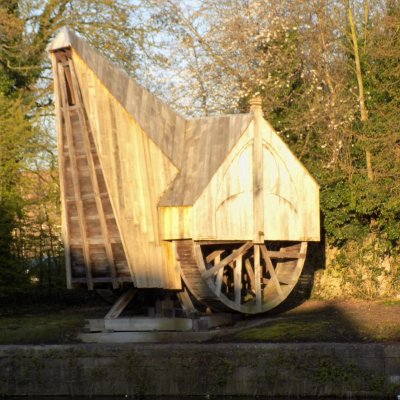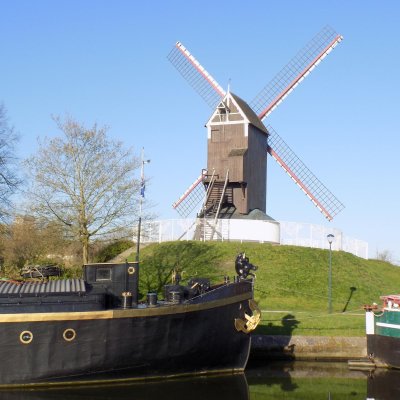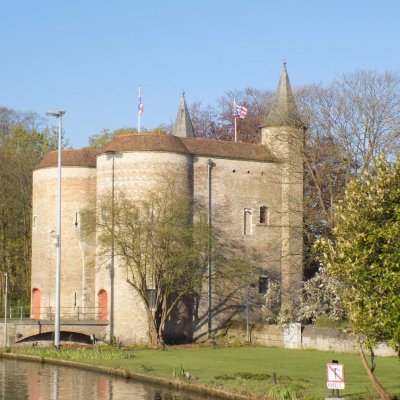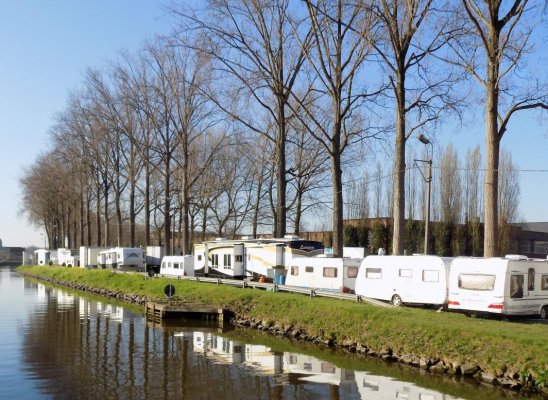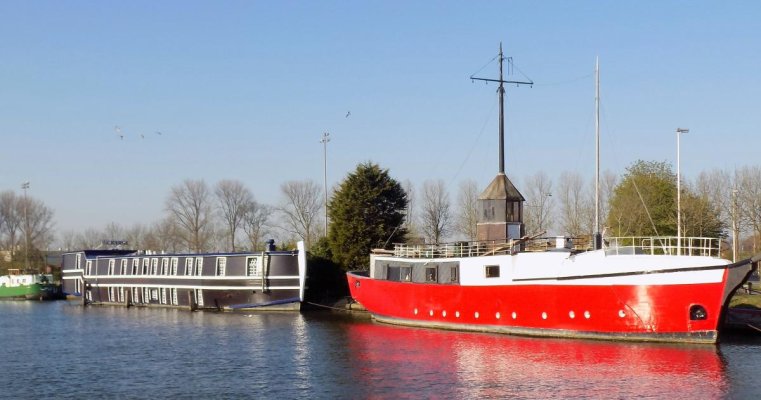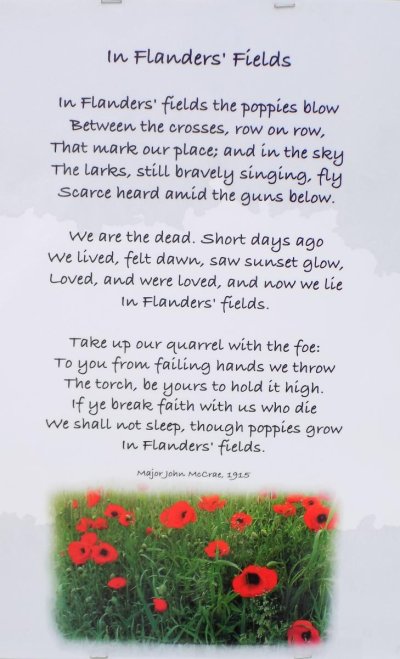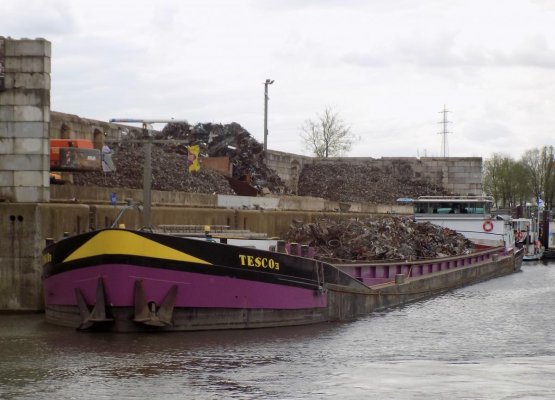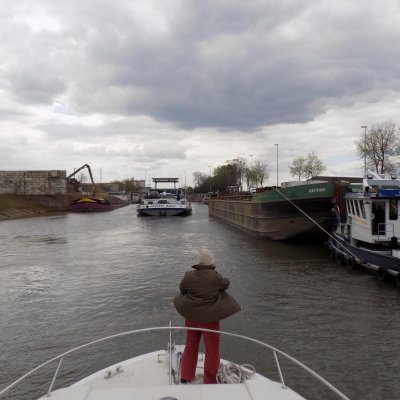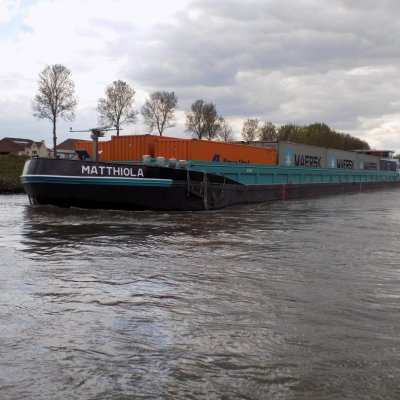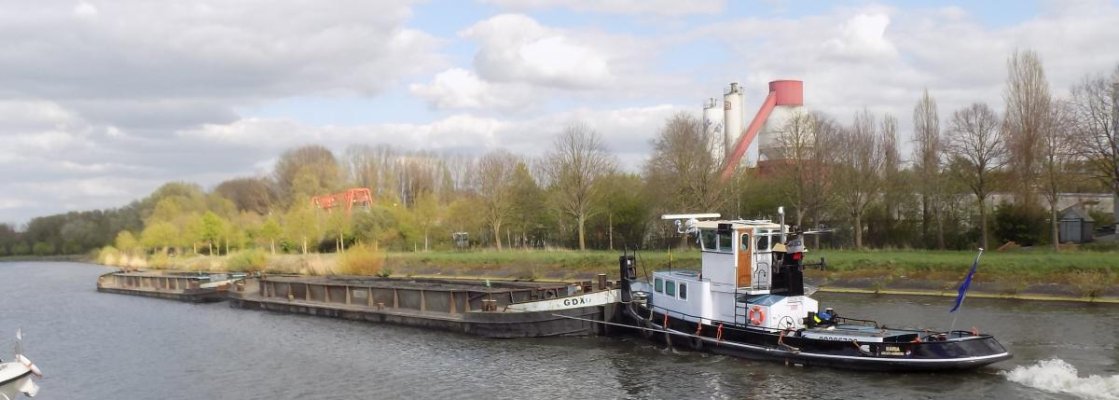Irish Rambler
Guru
- Joined
- Apr 29, 2014
- Messages
- 1,733
- Location
- FRANCE
- Vessel Name
- 'Snow Mouse.'
- Vessel Make
- BROOM FLYBRIDGE 42.
Hello everyone and welcome aboard 'Snow Mouse', our 42' Broom.
Last year I posted on TF our journey from the middle of Ireland to Dunkirk, France.
It was the first part of our overall journey and the thread is called 'Ireland to the Mediterranean Part 1'.
After a hectic winter schedule we're now preparing for the next leg of our journey, this will take us from Dunkirk,France, up through Belgium and into Holland.
From there we'll go through part of Germany, then Luxembourg and finally back into France and on down to the Med.
I will post photo's and snippets of local information in the same format as last year which most folk seemed to like, as we travel along.
Be Patient, there may sometimes be a small delay in posts as we might not always have access to a Wi-Fi signal, there's no point in buying an all singing all dancing system just for a few months, we already have French system on board.
Over the winter months we've been living on board on our comfy Birchwood 33' cruiser in Narbonne, it's for sale and hopefully we'll get a buyer before we leave, if not it will keep our mooring space for us when we return to Narbonne on 'Snow Mouse'.
Many of you are not familiar with Europe and it's canal system so rather than posting one large map which would be difficult for you to visualise and follow, I will post a map of each country as we enter it and you can then be able follow our journey easier.
I hope you'll enjoy it as much as we intend to.
Last year I posted on TF our journey from the middle of Ireland to Dunkirk, France.
It was the first part of our overall journey and the thread is called 'Ireland to the Mediterranean Part 1'.
After a hectic winter schedule we're now preparing for the next leg of our journey, this will take us from Dunkirk,France, up through Belgium and into Holland.
From there we'll go through part of Germany, then Luxembourg and finally back into France and on down to the Med.
I will post photo's and snippets of local information in the same format as last year which most folk seemed to like, as we travel along.
Be Patient, there may sometimes be a small delay in posts as we might not always have access to a Wi-Fi signal, there's no point in buying an all singing all dancing system just for a few months, we already have French system on board.
Over the winter months we've been living on board on our comfy Birchwood 33' cruiser in Narbonne, it's for sale and hopefully we'll get a buyer before we leave, if not it will keep our mooring space for us when we return to Narbonne on 'Snow Mouse'.
Many of you are not familiar with Europe and it's canal system so rather than posting one large map which would be difficult for you to visualise and follow, I will post a map of each country as we enter it and you can then be able follow our journey easier.
I hope you'll enjoy it as much as we intend to.
Last edited:

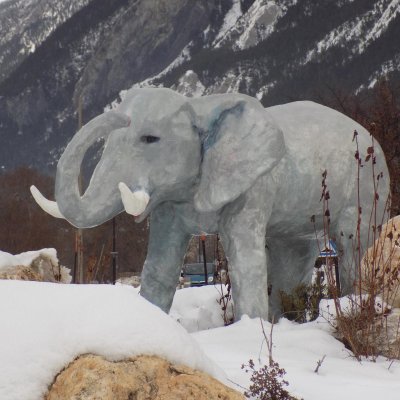
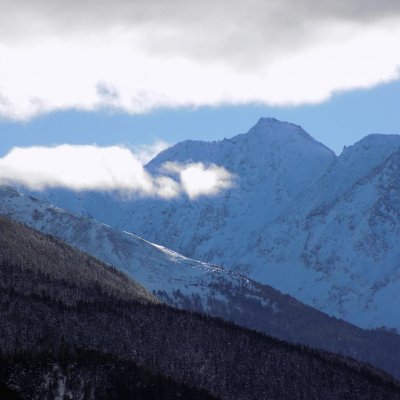
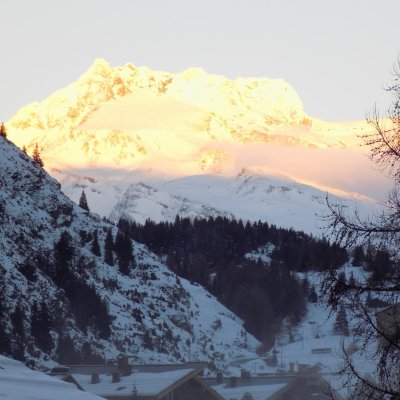
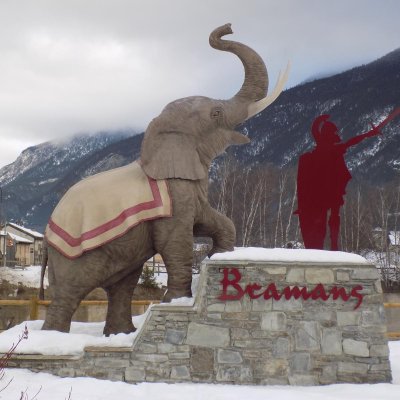

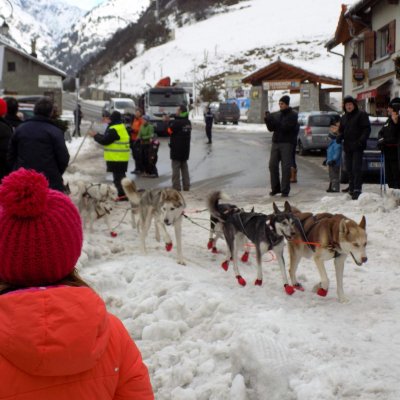
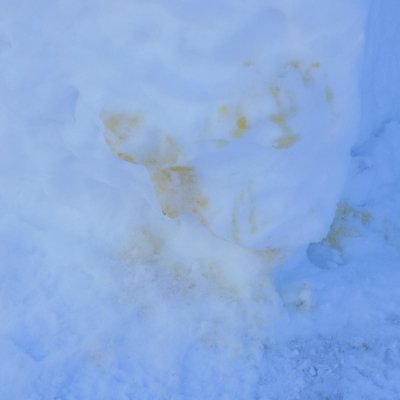

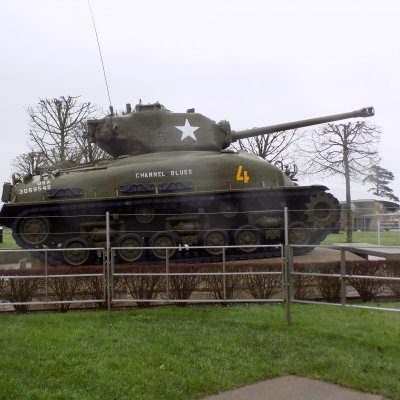
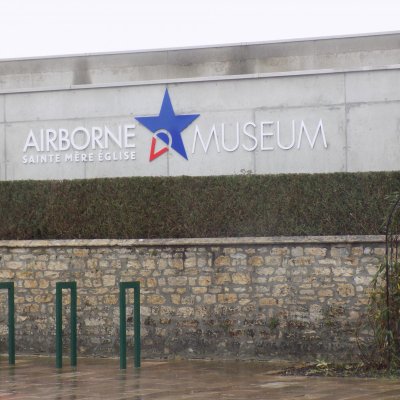
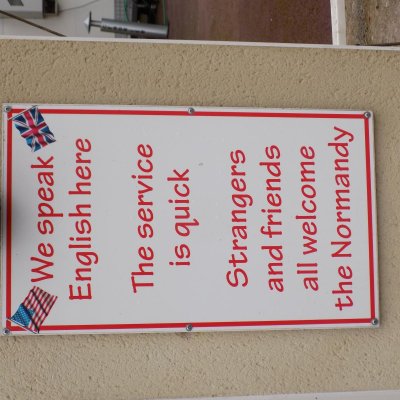
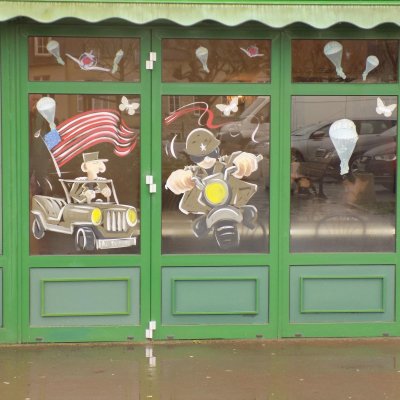
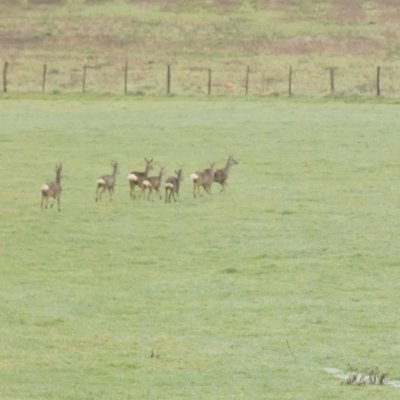


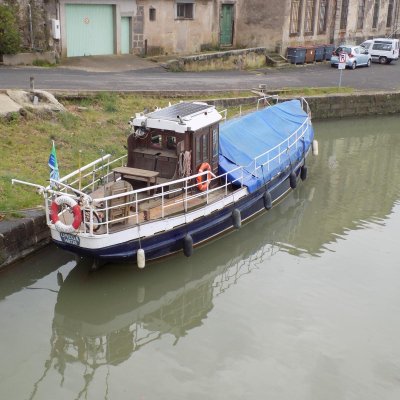
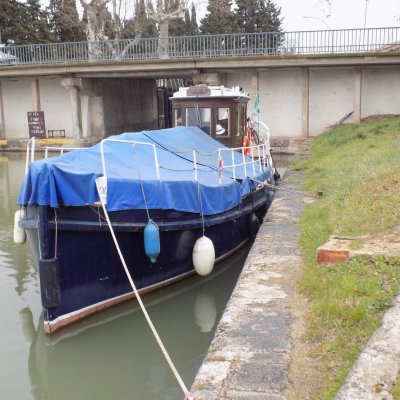


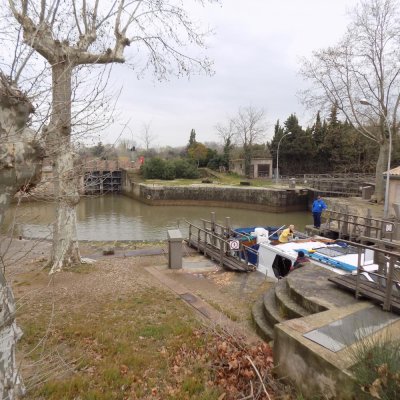

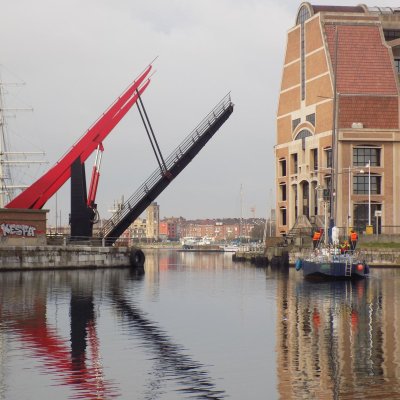
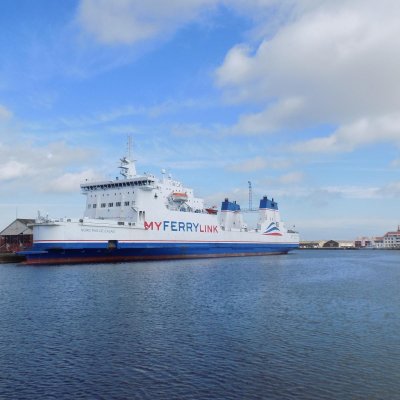
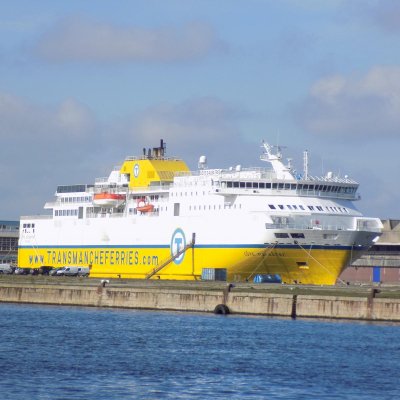
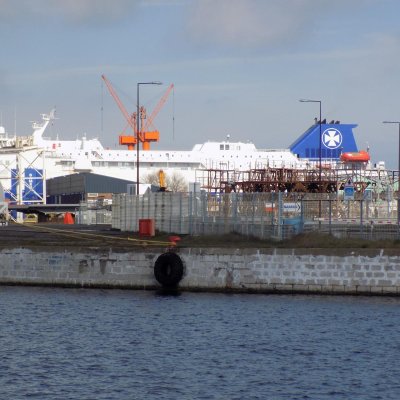
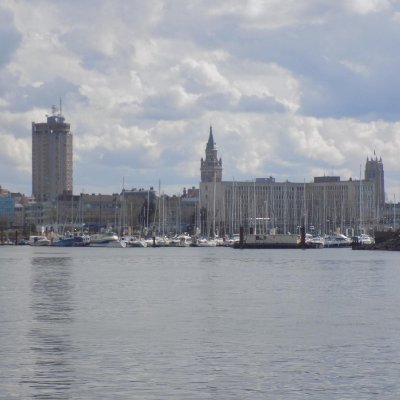
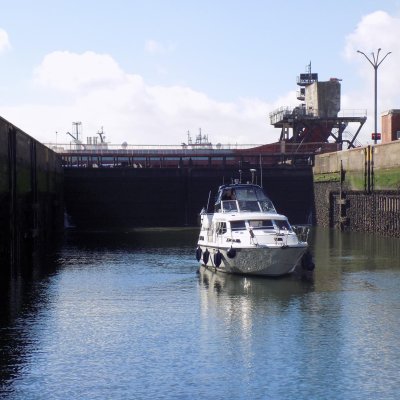
 Just kidding.
Just kidding.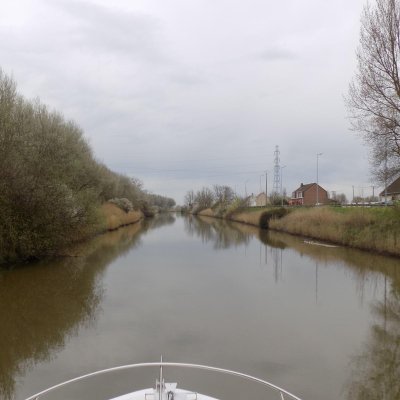
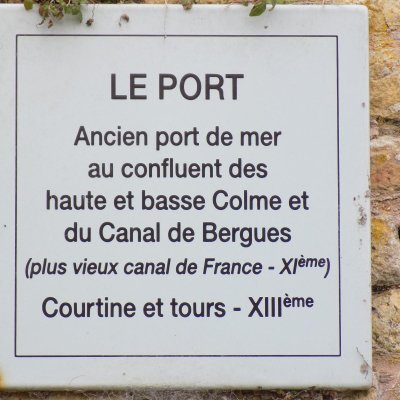
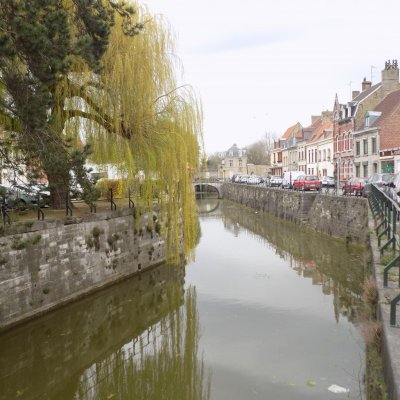

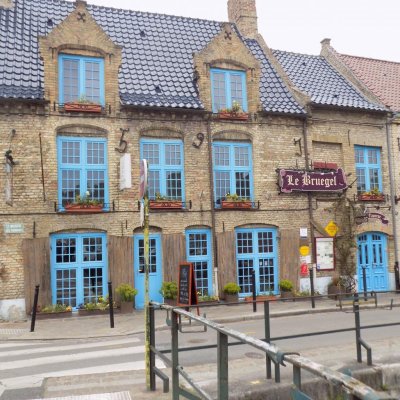

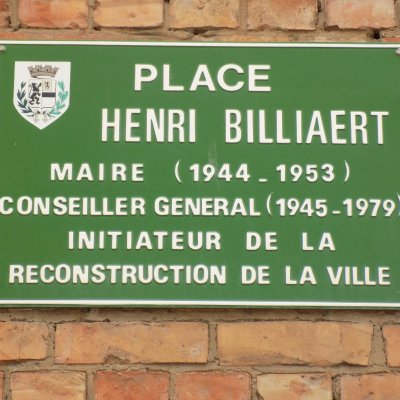
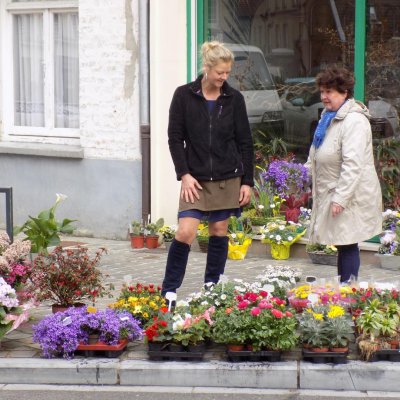
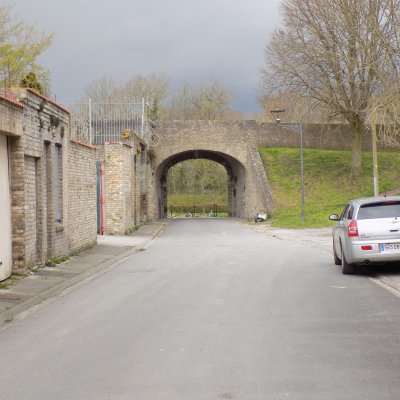
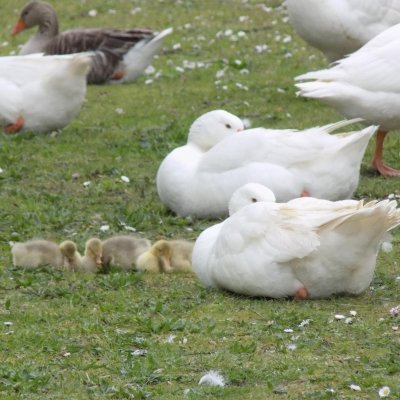
![belgium-map[1].png](/data/attachments/47/47056-546e18cfd50cec0c7d16c3bcffecf0a8.jpg)
